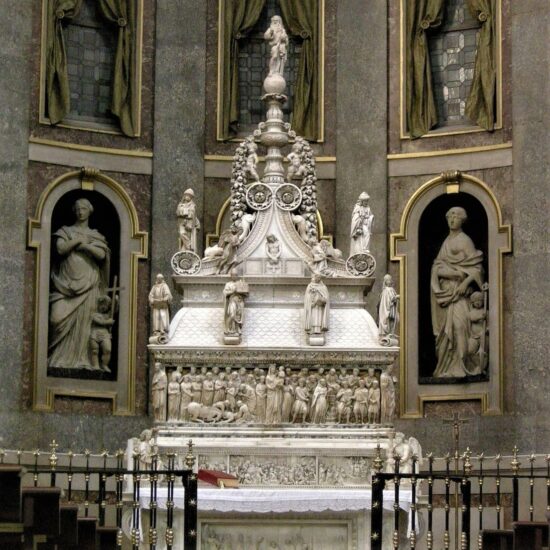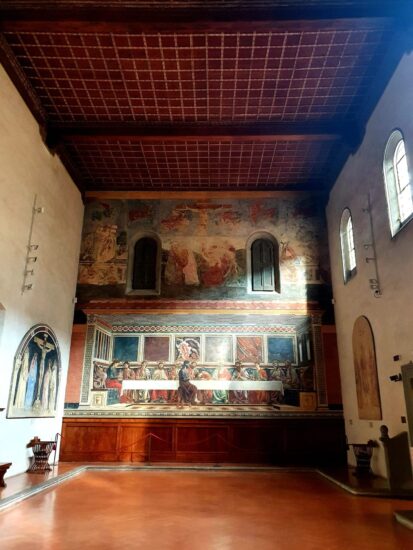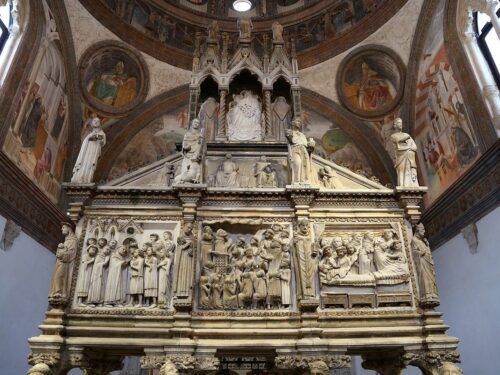Museo di San Marco
On the north side of the Galleria dell, Accademia lies the trapezoid Square of San Marco, which takes its name from the Museo di San Marco, and the old Dominican Church and Convent which house the museum today.
The story of the convent starts at the beginning of the 15th century when Cosimo the Elder commissioned Michelozzo (Builder of the Palazzo Medici Ricardi) for the reconstruction of a derelict convent of the 12th century that was initially home to the Vallombrosani and then the Silvestrini.
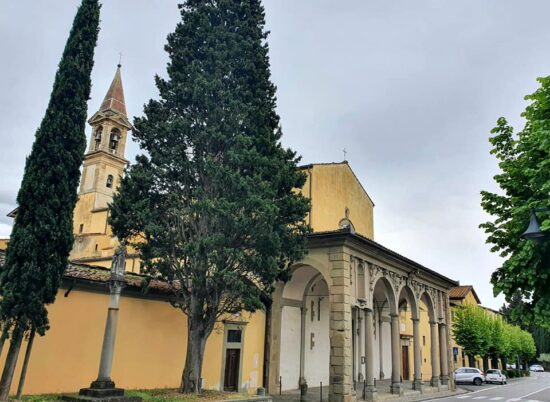
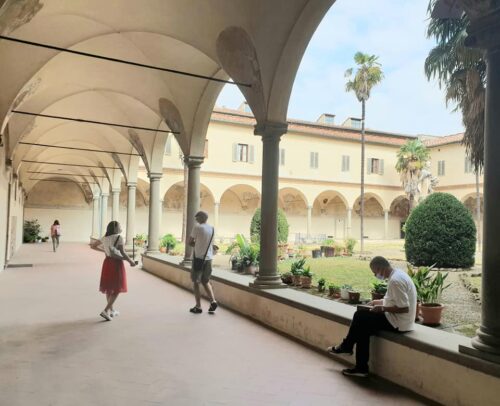
The latter was forced by Pope Eugene IV to abandon it in 1417. In 1437 Cosimo entrusted the convent to the Dominican friars of Fiesole and works began soon after. The reconstruction of the complex was over in 1443 but not the church’s facade was finally added in 1780 and the bell tower was over in 1512.
The rich altars and the 16th-century paintings by Giambologna and Antonio Domenico Gabbiani (17th century) are worth a look before entering the Museum of San Marco, the convent proper until 1869.
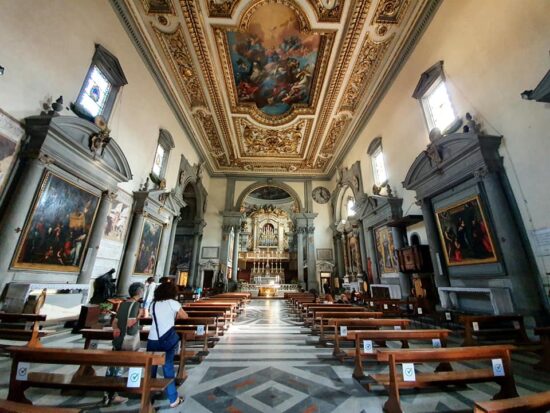
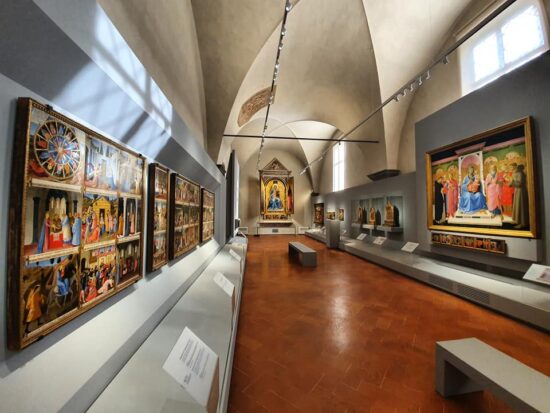
The history of the convent is identified with that of Girolamo Savonarola, the fiery Dominican friar who shook the foundations of the Renaissance Florentine Republic at the end of the 15th century with this convent as his headquarters. The museum’s reputation relies mostly on the paintings of Beato Angelico or Fra Angelico, one of the greatest painters of the Renaissance, who created most of the frescoes of the monastery environments.
Other Fra Angelico paintings, from various sources, were collected in the twentieth century, so the museum offers extraordinary documentation of the painter’s work.
Also important are the collections of the sixteenth century, with works by Fra Bartolomeo, and the section devoted to finds from buildings of the old town demolished in the nineteenth century. The highlights of the museum are considered the Last Judgment and the Annunciation by Fra Angelico and the Last Supper by Domenico Ghirlandaio. More
